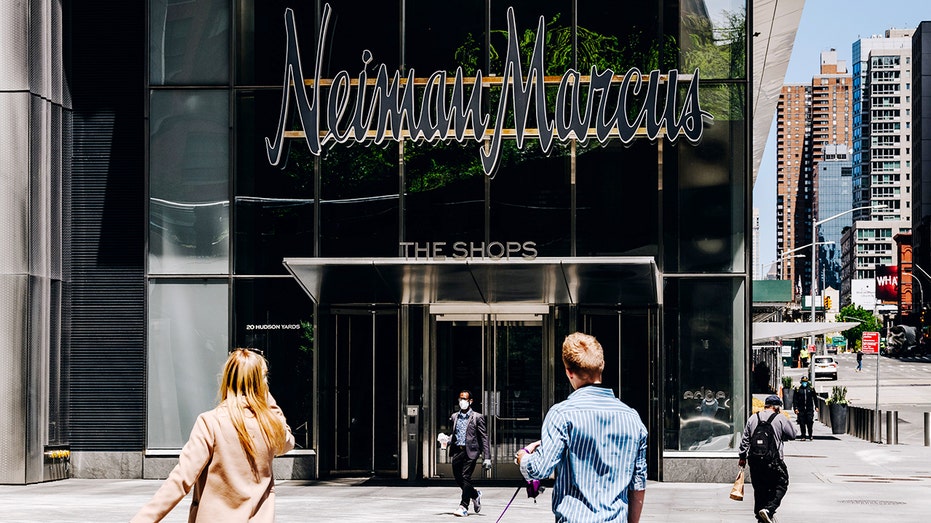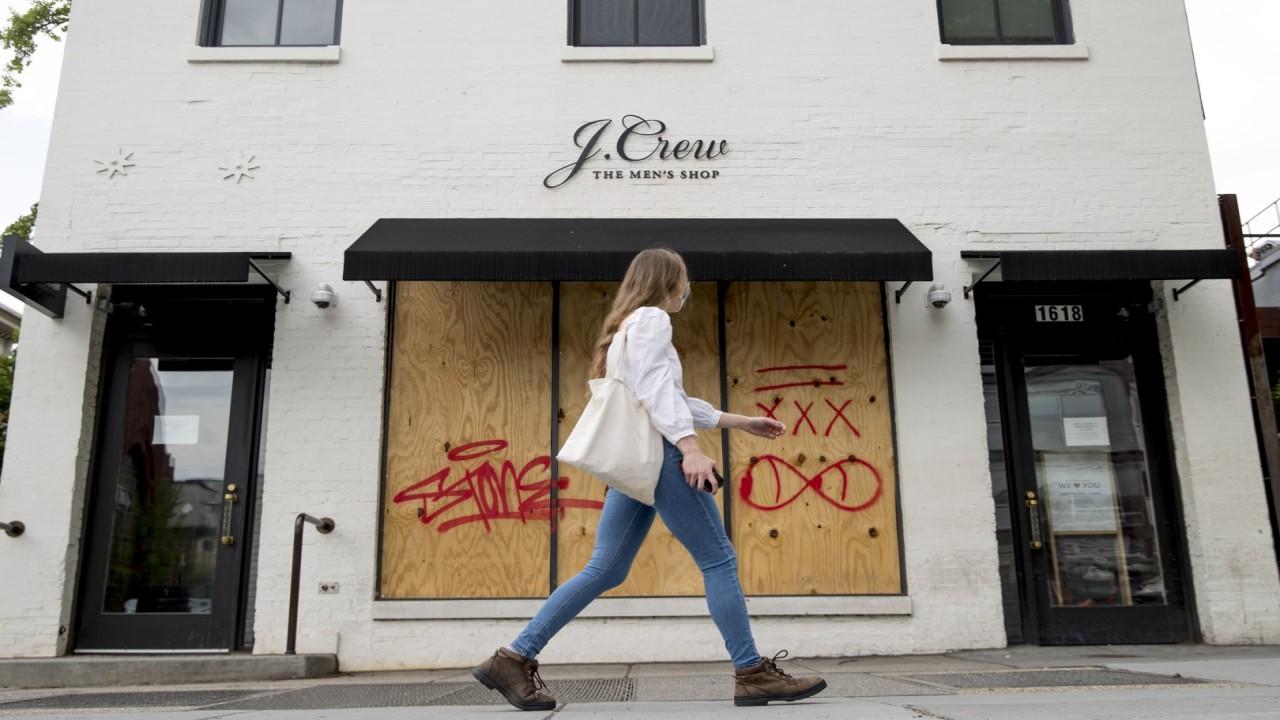What happens when a business goes bankrupt?
Bankruptcy doesn't have to mean the end of a business; it can offer a realistic chance of survival
In Hollywood's typical portrayal of American business, bankruptcy is the big sleep.
A company might avoid it, as George Bailey's Building & Loan managed to do in Frank Capra's "It's a Wonderful Life," but surviving it is unheard of.
The reality is more complex. The federal Bankruptcy Code of 1978, the basis of modern bankruptcy law, reflects the Supreme Court's 1934 ruling in Local Loan v. Hunt that then-existing law was designed to give parties declaring bankruptcy "a new opportunity in life and a clear field for future effort, unhampered by the pressure and discouragement of preexisting debt."
It offers two main avenues to companies unable to carry their debt load: seeking restructuring under a judge's supervision through Chapter 11, which allows continued operation, or liquidation through Chapter 7.
GET FOX BUSINESS ON THE GO BY CLICKING HERE
The two prominent U.S. chains that filed bankruptcy petitions in mid-May after disruptions from the coronavirus pandemic, clothing boutique J.Crew and luxury department store Neiman Marcus, are both seeking Chapter 11.

J.Crew says it has already reached an agreement with more than half of its lenders to convert about $1.65 billion of debt into equity, a vital step toward reorganization.
The deal, which would eliminate the company's responsibility to repay that debt, and give stockholders the option of selling their holdings to recoup their investment, marked "a critical milestone in the ongoing process to transform our business with the goal of driving long-term, sustainable growth for J.Crew," said Jan Singer, who was appointed CEO in January and previously headed the lingerie business at Victoria's Secret.
CORONAVIRUS FALLOUT CLAIMS NEIMAN MARCUS
Neiman Marcus, meanwhile, said it had secured debtor-in-possession financing of $675 million and reached an agreement with a "significant majority" of creditors to restructure its outstanding loans.
The company expects to complete the bankruptcy process by September, wiping out about $4 billion of debt and operating without any near-term due dates.
If the retailers succeed, they would join the ranks of storied companies such as American Airlines and Marvel that successfully executed turnaround plans in bankruptcy court.
CLICK HERE TO READ MORE ON FOX BUSINESS
While not all businesses do, the rate is considerably higher for companies that enter bankruptcy with a restructuring proposal in place, according to a 2009 report by then-Harvard Law Professor Elizabeth Warren and Jay Lawrence Westbrook of the University of Texas in the Michigan Law Review.
Failures include furniture retailer Bombay Co. and Borders -- once the second-largest bookstore chain in the U.S. -- which were ultimately liquidated and went out of business after their Chapter 11 filings in 2007 and 2011, respectively.
"Emergency surgery is never pretty and often unsuccessful, but the data reveal that Chapter 11 offered a realistic hope for troubled businesses to turn around their operations and rebuild their financial structures," Warren and Westbrook wrote in the 2009 article. "These data show that prospects are far better than much of the world has been led to believe."




















